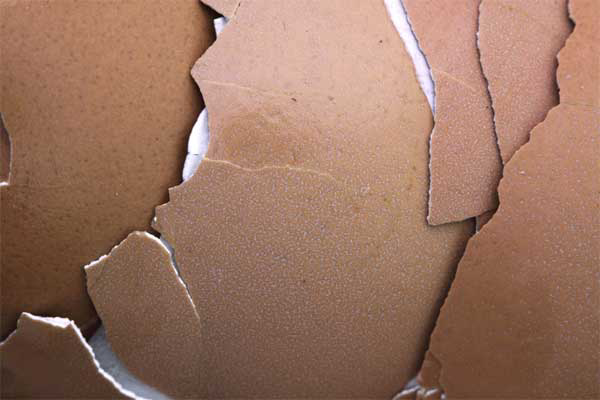Alternative eggshell disinfection effective and acceptable

Eggshell disinfection is an important unit operation in egg processing and improves safety of shell eggs to consumers.
The objective of a study at Texas AM University was to compare the efficacy of chlorine, quaternary ammonium compounds (QAC), peracetic acid (PAA), PAA in combination with UV light, and hydrogen peroxide (H2O2) in combination with UV light to reduce natural APC (aerobic plate counts) on eggs and eggshells inoculated with Salmonella Enteritidis.
Another objective was to conduct a sensory test to evaluate consumer acceptance of alternative eggshell disinfection methods when compared to current methods in the commercial egg industry. A total of 195 eggs were collected and divided to 6 treatment groups: 100 ppm chlorine, 200 ppm QAC, H2O2 (3.5%) with UV light, PAA (135 ppm) alone or in combination with UV light, and control groups (positive and negative). Half of the eggs in each treatment were surface inoculated with log 108 cfu/mL Salmonella Enteritidis (SE) by sponging. After treatment, eggs were enumerated for surface SE at 0, 7 and 14 days of storage (4C). The remaining eggs were used for surface APC enumeration and sampled at 0, 7, and 14 days of storage (4C).
For consumer acceptance of these alternative methods, a total of 120 eggs were collected, stored for 7 days (4C) and used in a scrambled egg sensory test.
Participants evaluated the overall like and dislike for flavour and texture. Results indicated that the combination of H2O2 with UV light treatment had the lowest APC (1.30, 1.05, and 1.10 log10 cfu/egg) at day 0, 7, and 14, respectively, compared to the other treatments. All treatments reduced SE counts below the level of detection. No differences in consumer acceptability for flavour were found between the treatments. However, chlorine-treated eggs had a more acceptable texture rating than other treatments. Therefore, these egg disinfections treatments can be used to improve safety and shelf-life of shell eggs. However, the H2O2 with UV light was the most effective at both.
Source: Morouj Al-Ajeeli, Craig Coufal and Christine Alvarado, Texas A&M University, College Station, TX USA
Abstracts of the 2014 International Poultry Scientific Forum, Atlanta, GA USA













